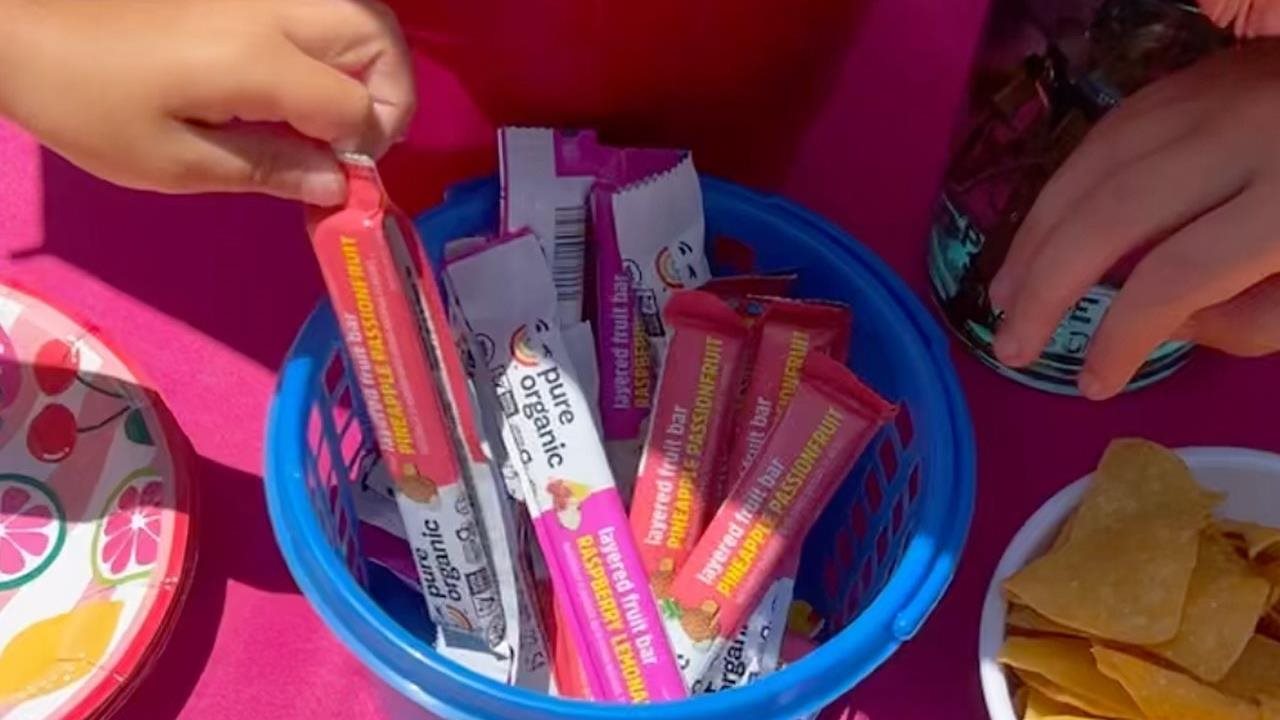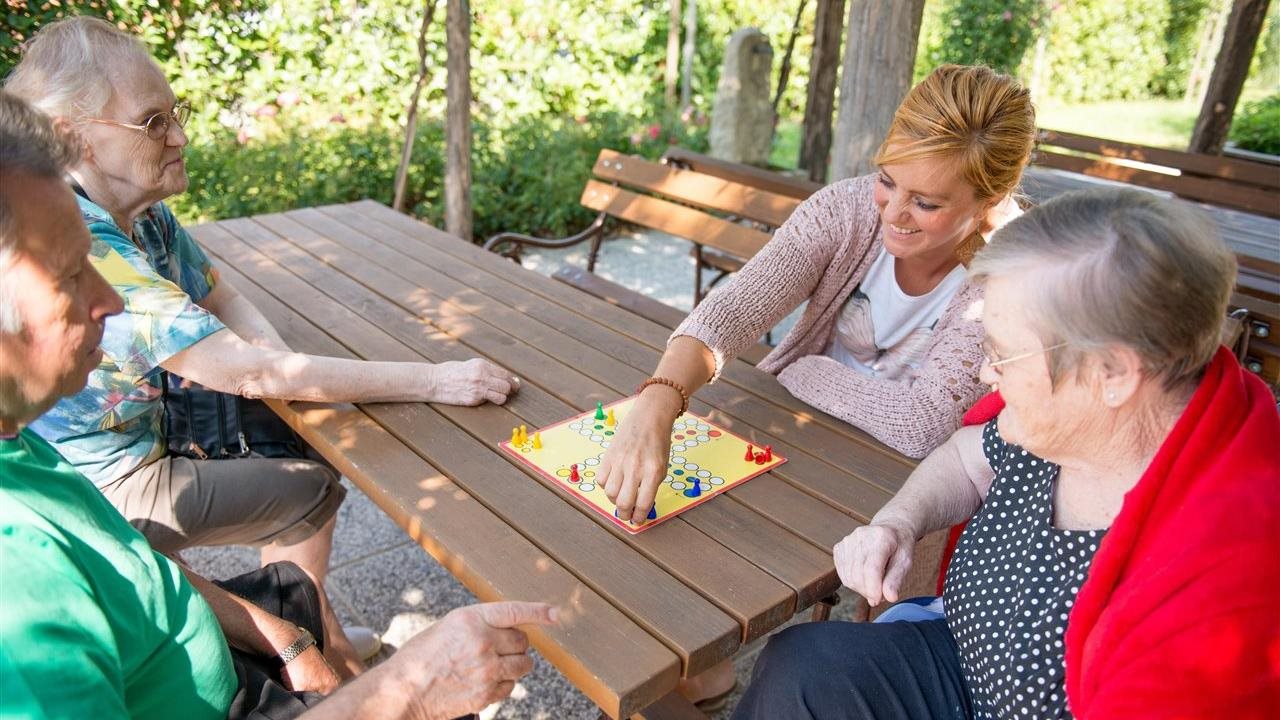2023-09-21T08:01:00
(BPT) – Between school, after-school activities, sports, playdates and family outings, life can get so busy that you just grab any snack to fill up the backpacks, lunchboxes and bags that are a part of everyday life on the go. It’s often hard to find the time and energy to prep better-for-you snacks for your family week after week.
Sound familiar? If you’ve struggled with how to make sure your kitchen is stocked with snacks that are portable, satisfying and not filled with high fructose corn syrup or heavily refined sugars, here are tips to help you be ready for snack time, any time.
1. Make sure meal planning includes snack planning
Although you may already have a system for meal planning in place, does that system include planning for snacks? Once a week, as you plan meals to help set your grocery list, be sure to include enough snack items to get your family through the week.
You can add any extras you might need that week when it’s your family’s turn to bring snacks to afterschool activities, for weekend outings or even family movie night. Include a variety of different items you know your family enjoys, with an eye on portability as well as ingredients you can feel good about.
2. Prep some snacks in advance
When you have time on the weekend, do a little prep to help set you up for the next few days. For veggies, wash first and dry thoroughly before cutting up pieces and storing in plastic containers. Use see-through containers and date them so you’ll know what to use first. The best veggies for advanced prep include carrots, broccoli, cauliflower and celery. Be sure to include a tasty dip your kids like when you pack veggies in a lunch or snack box to go.
It’s always a good idea to include fruit that doesn’t need to be cut up, like small tangerines, blueberries, grapes and bananas.
3. Shop for tasty, easy-to-eat, better-for-you snacks
Add items to your grocery list that are perfect for on-the-go snacking — and that your kids will love. For example, packing kids’ snacks has never been easier with already packaged Pure Organic Layered Fruit Bars — organic fruit bars containing no high fructose corn syrup or heavily refined sugars. They come in three tasty flavors: Pineapple Passionfruit, Strawberry Banana and Raspberry Lemonade. Best yet, these fruit bars are made with real fruit purees, juices and concentrates while delivering instant taste bud gratification, so you don’t have to sacrifice taste for quality.
Because they don’t contain any nut ingredients, Pure Organic Layered Fruit Bars are a better snack choice for lunch or afterschool activities. Their small shape also makes them perfect to store in backpacks, car seats, cupholders and everything in between. Packing for family activities is easier with a snack that follows your lifestyle — rather than one that makes you stop and read the ingredients.
Pure Organic Layered Fruit Bars are available at Amazon, Instacart, Costco, BJ’s, Kroger, Meijer, Raley’s and more — so they’re easy to have on hand for home and school-related needs. Learn more at PureOrganic.com.
4. Keep non-perishable snacks in your car
Store a few different snack options in a bin in your car that are easy for kids to eat when you’re on-the-go, like Pure Organic Layered Fruit Bars, bags of pretzels or crackers. If you’re headed out for a longer trip, stash an insulated bag or cooler with additional options that add protein to the mix, like small yogurt containers and cheese sticks.
5. Don’t forget hydration
No matter where your kids are headed, you’ll also want to have water bottles that are filled and ready to go to keep them hydrated. Make sure to wash all water bottles thoroughly between uses, and include ice cubes to help keep water cool longer.
With a little prep, snacks don’t have to be such a challenge. Involve older kids in planning and arranging snacks in a drawer or cupboard in the kitchen as well as making sure your bin in the car stays fully stocked. Older kids may enjoy helping, especially knowing they’ll always have snacks on hand that they enjoy when you’re out and about.










